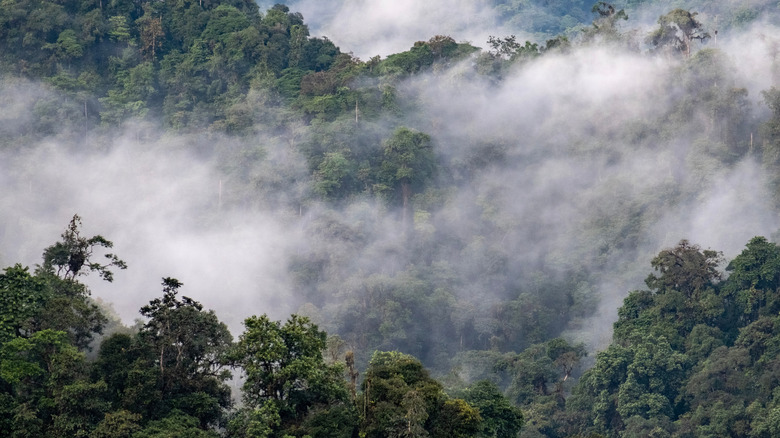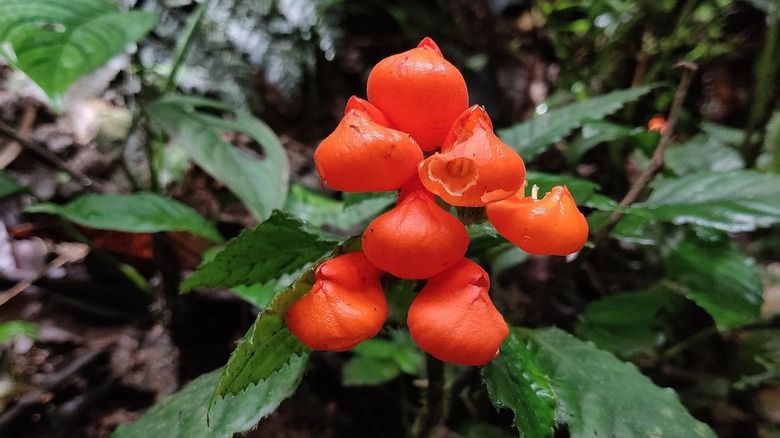The Mass Extinction Event That Actually Never Happened
In the 1980s, the mass extinction of 90 flora species occurred in a cloud forest when a coastal Ecuadorian hilltop was cleared for agricultural purposes. It became a notorious event and a driving force behind the need to protect endangered rainforest plants. However, an international team of researchers has challenged the hypothesis that the extinction occurred based on evidence to the contrary.
In a study published in Nature Plants in October 2024, botanists from the Field Museum of Natural History in Chicago, Harvard University, University of Miami, and Universidad de Las Américas say that nearly all of the plant species believed to have gone extinct have been rediscovered in cloud forest remnants or other sites in South America. In fact, among the list of flowers believed to be extinct, only one hasn't been found again. Lead author Dawson White, a Harvard University postdoctoral researcher in the Department of Organismic and Evolutionary Biology, said in a press release, "It's a miracle. Many of Centinela's plants are still on the brink of extinction, but fortunately the reports of their demise were exaggerated. There's still time to save them and turn this story around."
The researchers explain that the mass extinction at Centinela Ridge may have been overstated because, at the time, the botanists were collecting an abundance of new species without knowing whether or not they grow elsewhere. Through the analysis of museum specimens, biodiversity databases, and their own fieldwork in Ecuador's Centinela, the study further emphasizes the importance of protecting the world's rainforests.
The first rediscovery of the Gasteranthus extinctus
One of the most infamous Centinela Ridge flora thought to have gone extinct is the Gasteranthus extinctus, a flamboyant neon-orange wildflower whose name represents its own extinction. During recent fieldwork by the international team of botanists, this flora was one discovered among the remnants of the original cloud forest, a type of tropical rainforest in the forest ecosystem classification. For the most part, these forest remnants are less than 1 acre and in remote spots, which is why they've been overlooked.
However, this wasn't the first rediscovery of the Gasteranthus extinctus. That credit goes to a team of researchers, which also included Dawson White. The group published their findings in a study in PhytoKeys in April 2022 and explained in a press release that, when the flower was described and named in 2000, the scientists believed it to be extinct. Since 2009, other teams had searched for but failed to find the plant. However, in 2021, the team led by White and Nigel Pitman, an ecologist at the Field Museum in Chicago and co-author of the 2024 study, found the flora within hours of starting their search.
These discoveries may debunk the theory of a mass extinction event, but they don't discount the biodiversity crisis occurring across the globe. Thousands of tropical rainforest plants and animals are endangered, and scientists continue to work with conservationists to safeguard what is left, even in degraded areas like the Centinela Ridge of Ecuador.

